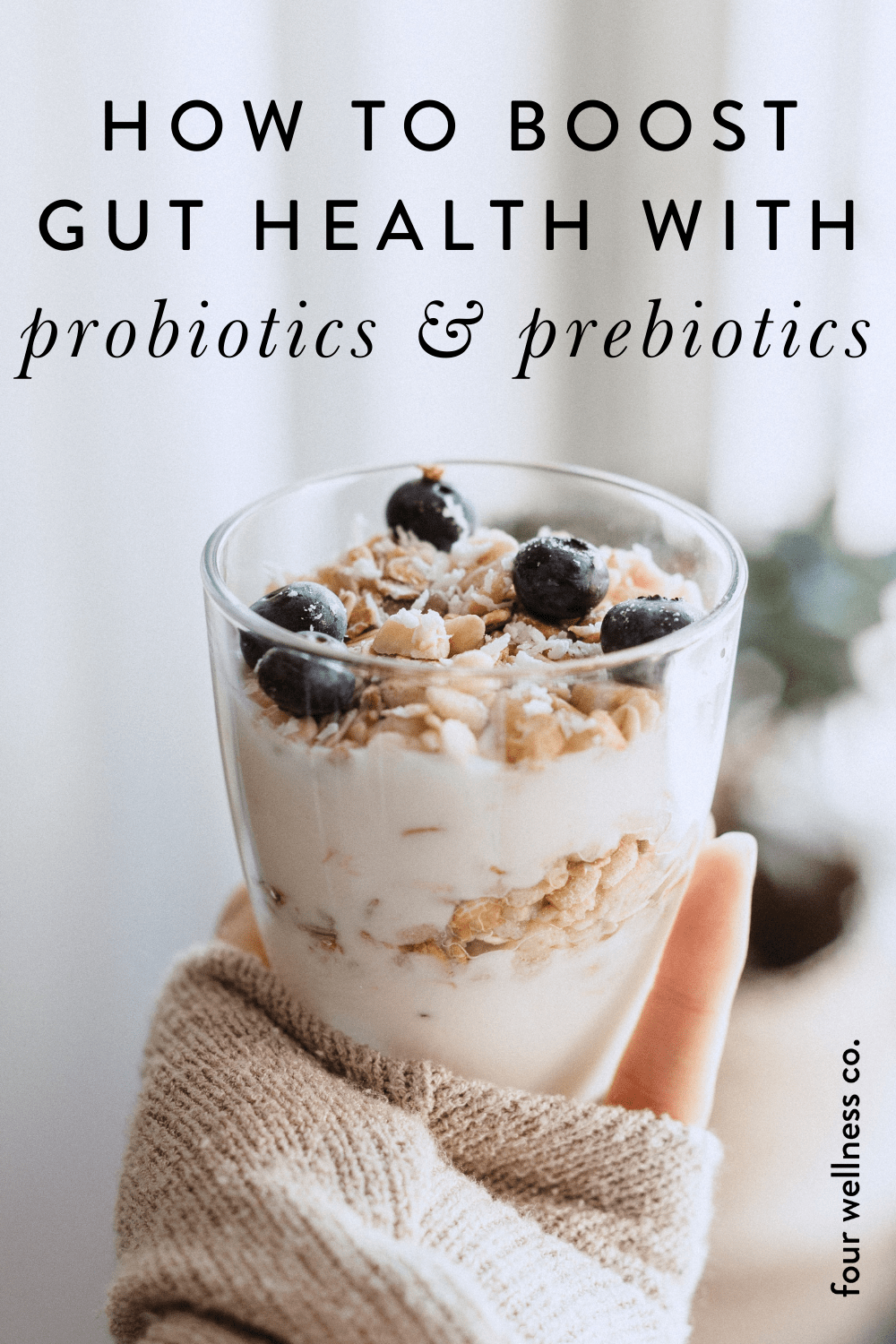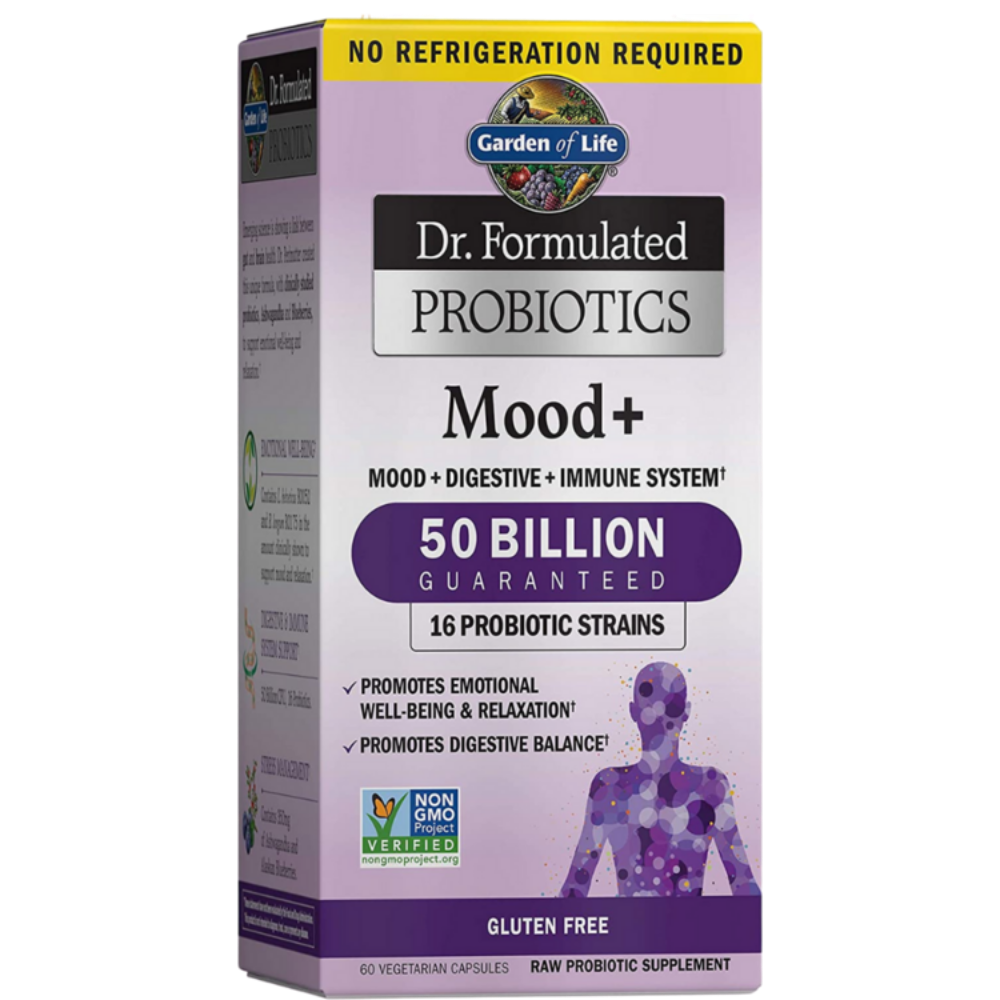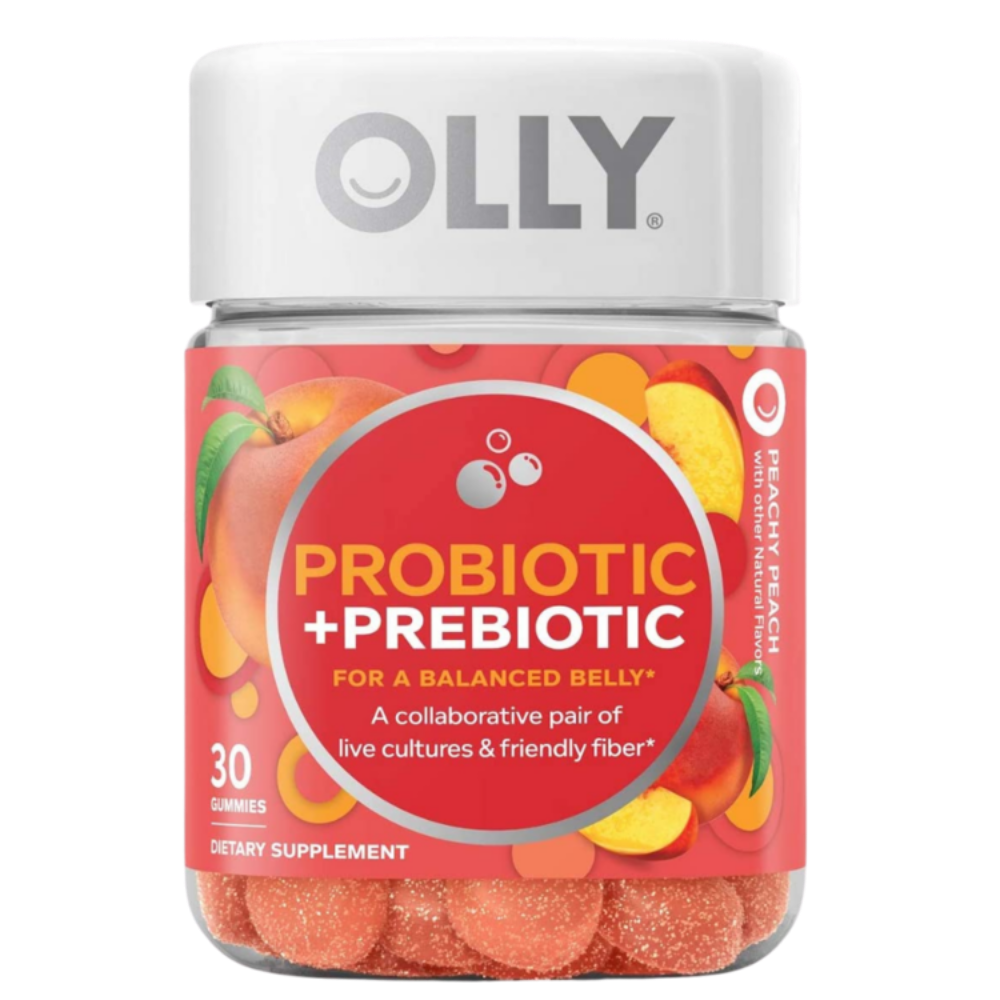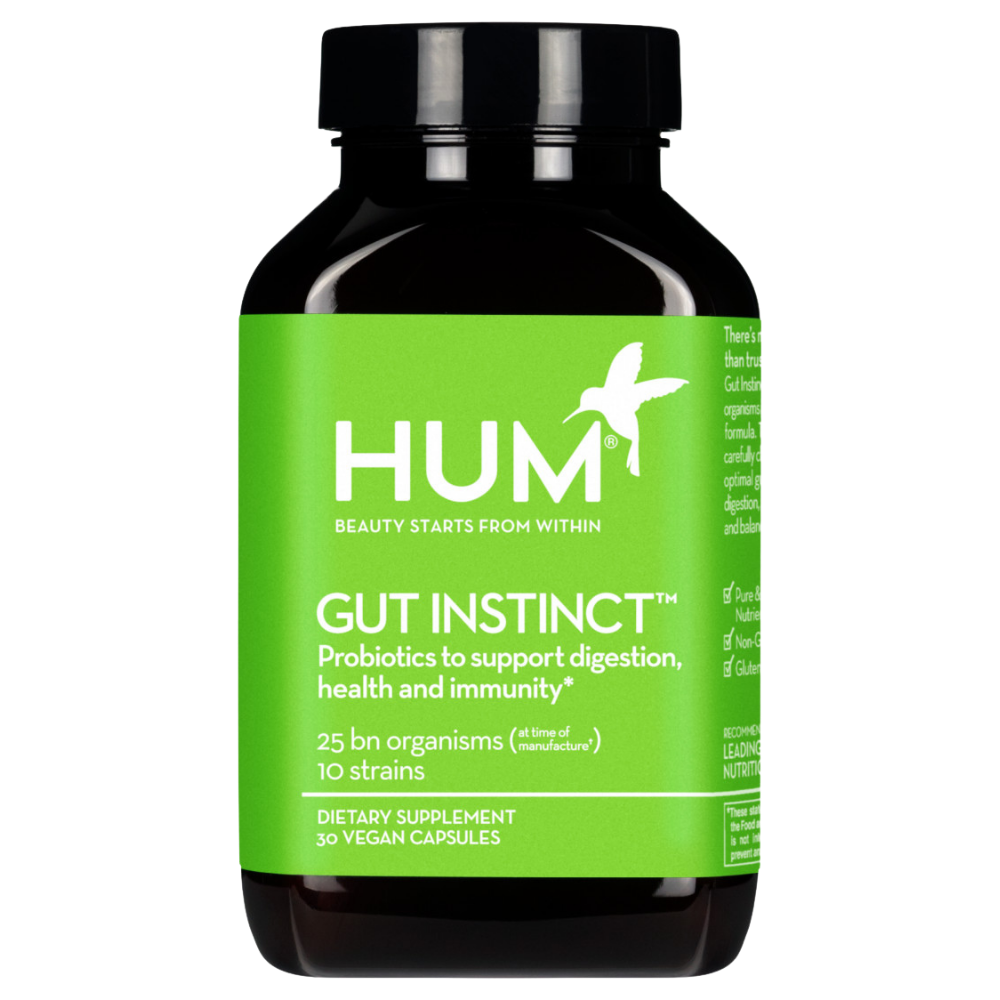How to Boost Gut Health with Probiotics & Prebiotics
This post contains affiliate links, through which we may earn a small commission if you choose to purchase, at no additional cost to you. We only share products or services we personally use & recommend!
The human body harbors over 100 trillion bacteria, outnumbering our own cells ten to one. These bacteria live on our skin, in our mouths and, most predominantly, in our guts (not surprising, given that our intestines stretch out 25 feet!).
Since we are essentially more bacterial than we are human, our health really depends on an optimal balance of these microbes—the “good” and the “bad.”
A healthy gut microbiome
The gastrointestinal tract is a delicately balanced ecosystem of microbiota. Beneficial, health-promoting “good” bacteria, such as lactobacilli and bifidobacteria, balance out the harmful, pathogenic “bad” bacteria in a well functioning system.
Unfortunately, this balance is disrupted all too frequently, due to a variety of increasingly common lifestyle triggers:
diets high in FODMAPS (an acroynym for Fermentable Oligosaccharides, Disaccharides, Monosaccharides and Polyols—sugars and carbohydrates that feed hungry gut bacteria)
daily stressors in a fast-paced society (we work long hours and juggle chaotic schedules)
the over-usage of antibiotics (which kill all bacteria, good and bad)
medications to treat reflux such as proton pump inhibitors (which block stomach acid, allowing the harmful bacteria we ingest to pass from the stomach into the intestines)
All disease begins in the gut
Hippocrates, the “father of medicine,” knew the importance of a well-balanced gut ecosystem: Over 2,000 years ago he said, “All disease begins in the gut.”
And he was right—gut dysbiosis, the imbalance of intestinal bacteria, has been linked to a variety of health conditions (many autoimmune in nature), such as irritable bowel syndrome, celiac disease, psoriasis, type 2 diabetes, rheumatoid arthritis, multiple sclerosis and thyroid disease, just to name a few.
Gut dysbiosis can cause symptoms ranging from intestinal distress, bloating, nausea, diarrhea and constipation, to headaches, sugar cravings, skin rashes and joint pain. If you suspect that you may be suffering from an imbalance of gut flora, or have any of the risk factors associated with this disruption, consider supplementing with probiotics (the “good” bacteria), to restore homeostasis to the GI tract.
Probiotics & prebiotics for gut health
Probiotics perform a variety of beneficial roles in the body, including enzymatic functions to aid digestion and break down food for better nutrient absorption; regulating metabolism; producing beneficial energy sources; and regulating the immune system.
Increasing your daily intake of probiotics through food or supplementation helps repopulate the beneficial bacteria in your gut, which can relieve some of those uncomfortable symptoms above and even work, in combination with other dietary and lifestyle changes, to reverse autoimmune disease.
Probiotic-rich foods
You can find friendly bacteria in fermented foods such as:
Yogurt & kefir
Yogurt and kefir are some of the most common probiotic foods we have access to. However, some more highly processed yogurts do not contain probiotics, so it’s important to review the ingredient list for specific strains such as lactobacillus acidophilus or bifidus.
Also, stick to plain yogurt, which has less sugar than flavored options (remember, sugar feeds the “bad” bacteria!).
If you’re lactose intolerant, look for 99% lactose-free kefir (the lactose is broken down during the fermentation process). If you don’t eat dairy, look for coconut yogurt or kefir.
Fermented veggies
Kimchi, sauerkraut and other lacto-fermented vegetables can be a little harder to find, but are readily available at health food stores. You can also easily make your own! See our curated fermentation resources on Pinterest.
Kombucha
Kombucha is a fermented beverage brewed from tea, sugar and SCOBY (Symbiotic Culture of Bacteria and Yeast—a living organism similar to yeast and yogurt cultures). Commercial kombucha is increasingly easy to find, or you can even brew your own if you’re so inclined.
Probiotic supplements
Look for high quality, multi-species probiotic supplements with a bacteria count (colony-forming units—CFUs) in the billions. Most pharmacies carry probiotics behind the counter in their refrigerators, and these supplements can also be purchased at health food stores or on Amazon.
Probiotics are living organisms, so these supplements are only effective if they’re alive. Probiotics can be killed by heat, stomach acid, or simply over time. Most probiotic supplements are best stored in the refrigerator. Some are shelf-stable (freeze-dried), but still have an expiration date.
Our favorite probiotic supplements
Here are some of our favorite, easy-to-find probiotic supplements:
The best time to take probiotics
The best time to take probiotic supplements is on an empty stomach first thing in the morning, after drinking a glass of water, and about 15 minutes before eating food. The water helps to neutralize your stomach acid (helping the good bugs survive!), and starting the probiotics on their way before eating ensures they don’t get held up with food in your stomach, thus making their way safely to your intestines where they do their best work.
Prebiotics: a probiotic’s best bud
Prebiotics are food for your probiotics. They are non-digestible fiber compounds that bypass digestion, so when they reach your colon they become fermented by the microbiome down there.
Probiotics and prebiotics work synergistically to stimulate the growth of beneficial bacteria & maintain a healthy balance of bacteria in your gut.
You can eat probiotic and prebiotic foods together or separately, as long as you’re eating both regularly. You’re likely (well, hopefully!) already eating some prebiotic foods.
Here are some of the most common prebiotic-rich foods to be sure you’re including in your diet regularly:
Prebiotic-rich foods
Onions
Garlic
Leeks
Asparagus
Bananas
Apples
Cruciferous veggies (cabbage, kale, broccoli)
Dandelion greens, endive, radicchio
Whole grains
Flaxseed
Honey
How to prepare your prebiotic-rich foods
The less these foods are heated, the more they’ll retain their healthy prebiotic fiber. However, be careful about eating large amounts of these high-fiber foods raw—as the fiber can’t be easily digested, it can cause gas and bloating.
In general, ease into any dietary changes to avoid disrupting your digestive system. People with FODMAPs intolerance or irritable bowel syndrome may have better success with small amounts of a prebiotic supplement like inulin powder. Always consult your doctor before beginning new supplements.
All together, probiotics and prebiotics support digestive health, immunity, bone density, elimination regularity, weight management and brain health!
FOUR WELLNESS TIP
For a healthy gut (a big factor in overall health!), incorporate more probiotic & prebiotic-rich foods into your diet.















